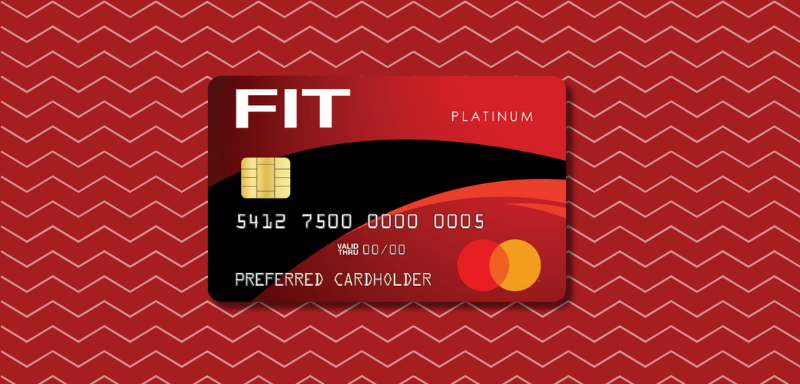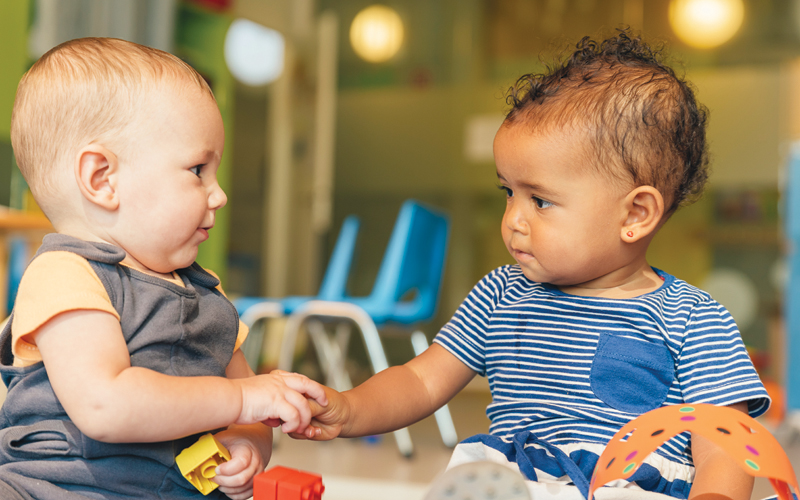Crawling is an important milestone in a young child’s life. It is a skill that marks the transition from immobility to independence. While it may seem like a simple task, there is more to crawling than meets the eye. As a parent, it is important to understand all aspects of crawling milestones to ensure your child’s development is on track. In this article, we explore what you need to know about crawling milestones in toddlers.
When do Toddlers Start Crawling?
Crawling usually begins between the ages of 6 and 10 months, but keep in mind that every child is unique and can vary greatly. Some babies may skip crawling altogether and go straight to walking, while other babies may take longer to master it. It is important not to compare your child’s development to that of others, as long as they are making progress and reaching their milestones in a reasonable amount of time.
Different Ways of Crawling
Toddlers can crawl in different ways, and this is completely normal. The two most common styles are:
- Traditional crawling: This is how babies move on their hands and knees. This is a classic crawling pattern that many parents are familiar with.
- Tummy Crawling: Some babies like to crawl on their stomachs and use their arms and legs to propel themselves. This style may be less common but is still completely acceptable.
Regardless of the style, the most important thing is that your child is exploring and moving on his or her own.
Stimulate Crawling Development
If your child is slowly starting to crawl, there are some things you can do to encourage development:
- Tummy Time: This exercise involves placing your baby in a prone position while awake and supervised. It helps them build neck and upper body strength, which is crucial when crawling.
- Create a safe space: Make sure your home is childproof so your kids can explore without getting hurt. Provide a safe environment for them to crawl in by removing any hazards.
- Use toys as motivation: Place toys out of their reach to encourage them to move. This can motivate your baby to crawl towards tempting objects.
When Should You Seek Professional Guidance?
Although differences in crawl development are normal, there are certain situations in which you should seek professional guidance:
- Don’t crawl at 12 months: If your child hasn’t crawled by his first birthday, it’s a good idea to talk to your pediatrician. There may be underlying developmental issues that need to be addressed.
- Asymmetric movements: If your child seems to consistently favor one side over the other or shows signs of discomfort or pain when trying to crawl, contact a healthcare provider.
Benefits of Crawling
Crawling isn’t just a physical milestone; It also offers many cognitive and developmental benefits for your child:
- Motor skill development: Crawling can help your child develop gross and fine motor skills. It strengthens their muscles and improves coordination, laying the foundation for future activities such as walking and running.
- Spatial Awareness: Crawling allows young children to explore their environment on the ground, helping them better understand their surroundings and improve spatial awareness.
- Brain Development: The cross-movement pattern (with opposite hands and knees) stimulates both sides of the brain, which is essential for overall brain development.
- Independence: Crawling promotes a sense of independence as your child begins to explore and interact with the environment on their own terms.
- Social development: As your child begins to act independently, he or she may also seek social interaction with other children, which promotes social development.
Conclusion
All in all, toddler crawling milestones are a fun part of a child’s early development. Understanding when and how to crawl, as well as the different ways and benefits of crawling, can help you support and celebrate this important achievement in your child’s life. Cherish these moments and enjoy watching your child discover the world around them as they grow and develop.
FAQs
1. When do most babies start crawling?
Most babies start crawling between 6 and 10 months, but this can be different for each child.
2. Should I be concerned if my baby cannot crawl after 12 months?
Although there is some variation in when babies start crawling, if your child has not started crawling before their first birthday, it is best to consult a pediatrician to rule out developmental problems.





